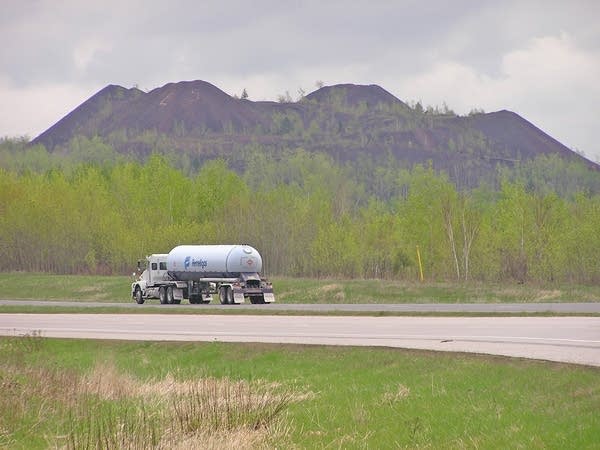Iron Range agency looks to the day when ore's no more

A short drive on the Iron Range reveals the legacy of more than a century of iron mining. This mining rock waste pile rises over the horizon next to Highway 169 east of Chisholm
MPR Photo
Go Deeper.
Create an account or log in to save stories.
Like this?
Thanks for liking this story! We have added it to a list of your favorite stories.


